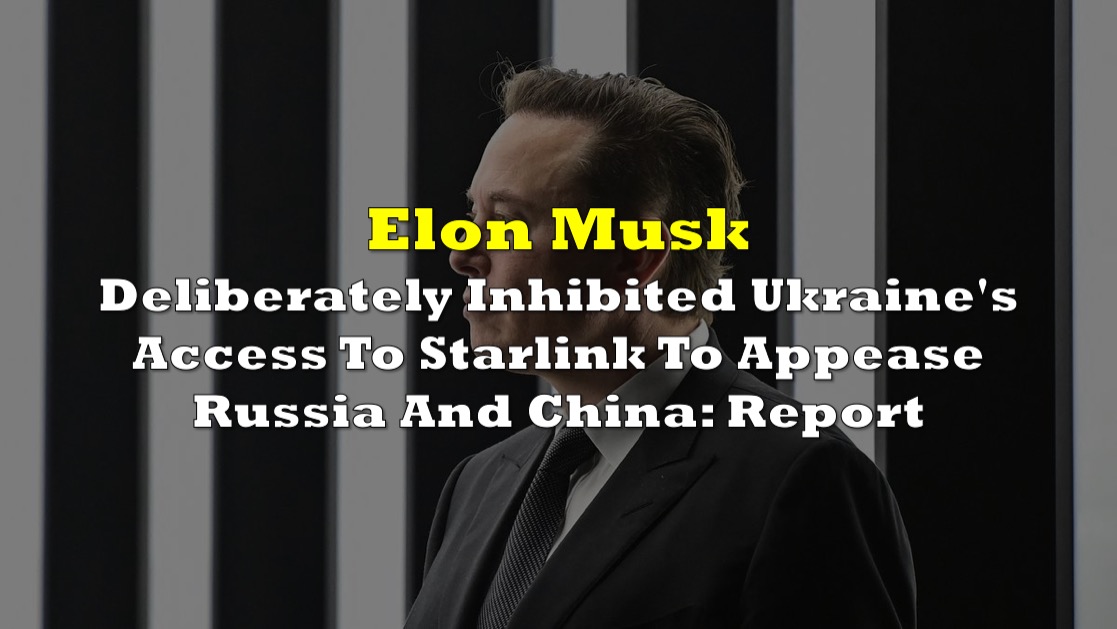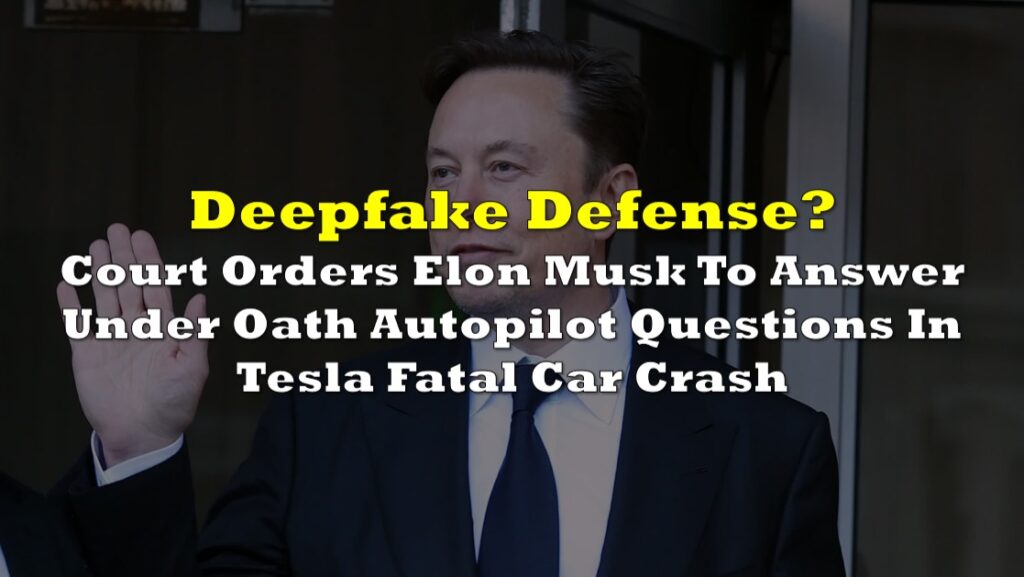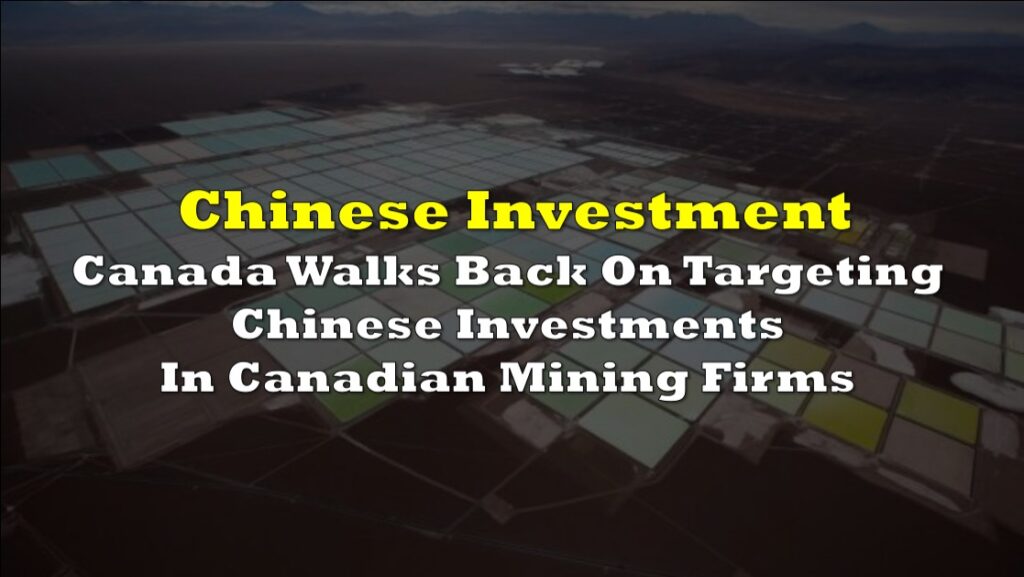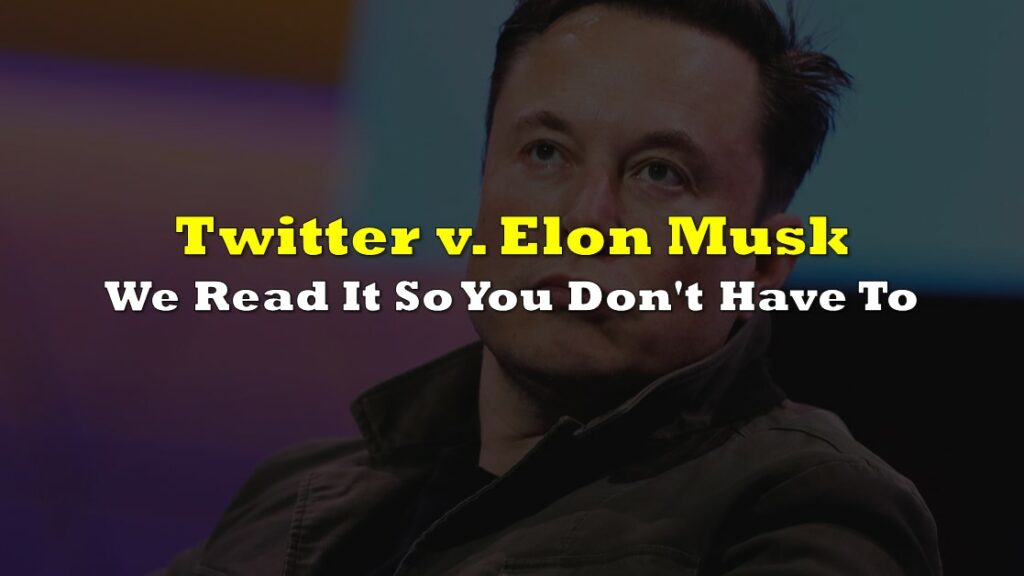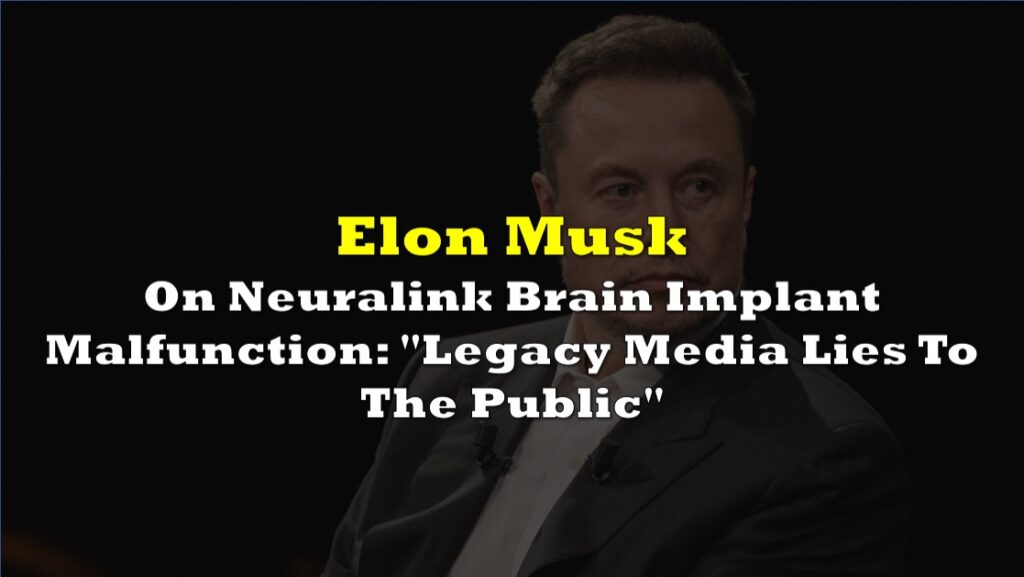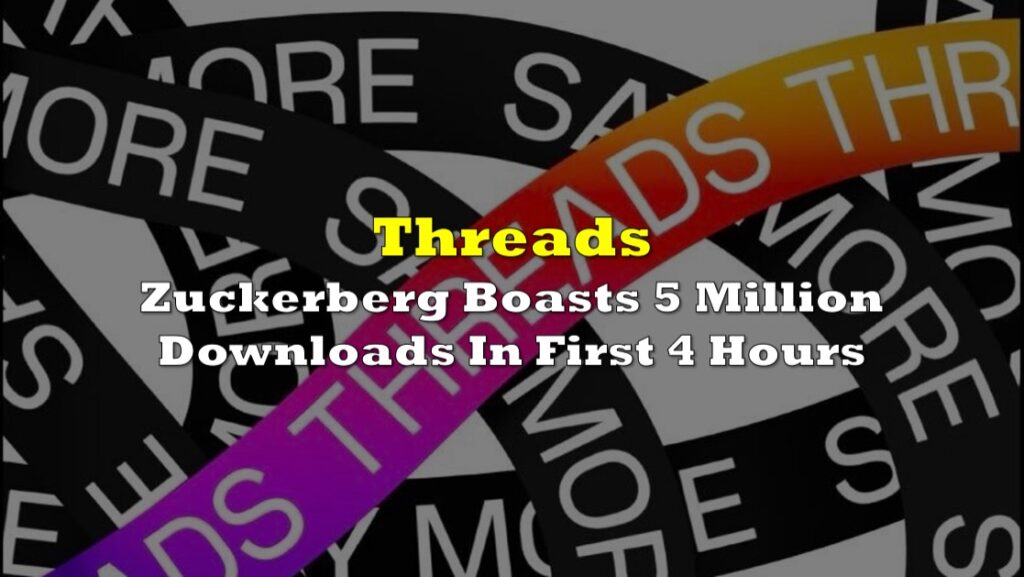In a massive expose, The New Yorker’s Ronan Farrow painted a pinboard picture of how Elon Musk had his geopolitical tug-of-war with Russia and China come about, leading to propping the billionaire as one of the most influential individuals on a global stage.
The article starts with Colin Kahl, then Undersecretary of Defense for Policy at the Pentagon, who found himself making a phone call that could avert disaster in Ukraine in a conversation that might have raised eyebrows – he was about to call none other than Musk, CEO of SpaceX.
NEW: THREAD: Ronan Farrow’s expose on Musk is out. It’s a MUST READ. Here are some stand-out moments.
— Mueller, She Wrote (@MuellerSheWrote) August 21, 2023
Musk deliberately throttled Starlink – the communications system Ukraine was relying on in battle. He held it hostage for $400M at critical points in the war. 1/ pic.twitter.com/wW9rGEM9al
Holding communications hostage
The reason behind this unusual call soon became clear. SpaceX’s Starlink, a space-exploration venture led by Musk, had been providing vital internet access to Ukraine for months, enabling communication and strategic planning for the country’s defense forces. However, recent developments had disrupted this connectivity as Ukrainian forces entered disputed territories near Russia.
In a bold move, SpaceX had presented the Pentagon with an ultimatum: either assume the estimated annual cost of $400 million to maintain the service, or face a complete shutdown. Musk’s power was evident – he held the ability to disrupt critical operations in Ukraine with a single decision.
Musk’s involvement in the Ukrainian conflict began shortly after Russia’s invasion in February 2022. As cyberattacks targeted Ukraine’s digital infrastructure alongside conventional assaults, a coalition of tech-savvy Ukrainian expatriates turned to SpaceX’s Starlink as a potential solution. The network of satellite-connected mobile Internet terminals could provide Ukraine with a reliable means of communication that was resistant to complete dismantlement by Russia.
The initiative gained traction through fundraising efforts in Silicon Valley’s Ukrainian community, contracts with international organizations, and contributions from SpaceX. Thousands of Starlink units were transferred to Ukraine, becoming a crucial communication backbone for soldiers on the battlefield. However, as the war continued, SpaceX began to express reservations about the escalating costs and the ethical implications of providing technology for warfare.
Amid these tensions, Musk’s sympathies appeared to shift. He expressed support for a peace plan that proposed redrawing Ukraine’s borders and granting Russia control over Crimea. Musk’s influence manifested on the ground, with Ukrainian forces facing communication breakdowns at critical moments. Urgent calls for connectivity reached Ukrainian expats who had helped fund the Starlink units, underscoring the technology’s pivotal role.
The situation brought to light the unfamiliar challenges posed by Musk’s unique role. Negotiating a contract with SpaceX became a complex endeavor for the Pentagon, with concerns about Musk’s unilateral power and sudden shifts in his stance. Ultimately, after a tense phone call between Kahl and Musk, a deal was reached in June, solidifying SpaceX’s role in providing internet services to Ukraine.
Musk and global war
Musk’s involvement in international affairs, particularly in the context of warfare, raises questions about the extent of his power and influence. His ventures, including SpaceX and Tesla, have become integral to the United States’ space exploration and energy sectors. The government’s reliance on Musk’s companies for critical infrastructure has left officials navigating the balance between Musk’s private control and public interests.
Musk’s trajectory from a science-fiction enthusiast to a technological magnate with global reach is a testament to his determination and innovative thinking. Despite his unconventional path, his influence is undeniable, shaping critical discussions on war, technology, and global politics. As Musk’s influence continues to grow, his dual roles as a private entrepreneur and a geopolitical arbiter highlight the complexities and challenges of a changing world increasingly shaped by individual personalities and their ventures.
After his departure from Zip2, Musk embarked on a new endeavor that showcased his affinity for the letter “X” – X.com, an online banking startup. Pouring a substantial portion of his wealth, approximately twelve million dollars, into the venture, Musk set out to disrupt the financial industry. This fascination with “X” has persisted through the names of his companies, products, and even his son, X Æ A-12, with artist Grimes.
X.com marked the genesis of Musk’s unfulfilled aspiration – to create an “everything app” encompassing various services, including payment systems. This vision recently resurfaced in his attempt to revolutionize Twitter. In 2000, X.com merged with Confinity, a competing online-payments startup co-founded by entrepreneur Peter Thiel. The merger was fraught with internal power struggles, with differing accounts attributing blame in various ways. Musk’s penchant for control became evident as he maneuvered to place himself at the helm.
In 2002, eBay acquired the merged entity, renamed PayPal, for a staggering $1.5 billion, catapulting Musk into the realm of immense wealth. However, the acquisition also highlighted Musk’s tendency to assert himself at the forefront of his endeavors, often challenging others for control.
SpaceX, among Musk’s most ambitious undertakings, mirrors his appetite for risk. With a mission to enable human space travel to Mars and beyond, SpaceX has redefined the space industry. Musk’s confrontations with regulators came to a head during a launch of SpaceX’s Starship prototype in Texas. Despite disputes with the Federal Aviation Administration (FAA), Musk pressed ahead with the launch, reflecting his willingness to defy conventional boundaries.
Throughout his entrepreneurial journey, Musk’s tactics have often led to friction with regulators. His ventures, whether in electric vehicles or space travel, have pushed the boundaries of innovation while drawing scrutiny from authorities. Critics argue that his disregard for rules risks overshadowing the safety measures essential to the industries he enters.
As Musk’s endeavors expanded, he delved into the world of social media with the acquisition of Twitter. This move raised concerns about his political inclinations and approach to free speech. His recent activities on Twitter have reflected a more polarized stance, echoing themes prevalent in hard-right social media circles.
Musk’s influence continues its ascent. Taking over Twitter, now rebranded as “X,” grants him a pivotal platform for political discourse in the lead-up to the forthcoming presidential election. His persona has transformed into a hyper-visible pop culture icon, with his shifts between altruism and self-importance, calculated strategies and spontaneous actions, dissected in countless articles and no less than seven significant books, including an upcoming biography by Walter Isaacson. However, the full extent and nature of his authority remain relatively obscure.
Over thirty present and former associates from various sectors, alongside around a dozen individuals from his personal life, shared their insights about their interactions with Musk. Sam Altman, the CEO of OpenAI, a collaborator and occasional sparring partner of Musk, revealed, “Elon desperately wants the world to be saved. But only if he can be the one to save it.”
The specifics of the Starlink arrangement haven’t been disclosed. Ukrainian officials attest to an absence of subsequent service disruptions. Nonetheless, Musk’s reservations about the technology’s applications and potential deployments persist.
In a February tweet, he stated, “We will not enable escalation of conflict that may lead to WW3.” This sentiment echoes his conversation with Kahl, emphasizing his earnest efforts to navigate the intricate moral quandaries tied to this imagined role. Musk’s hesitance aligns with his pragmatic interests. Given that a facility in Shanghai manufactures half of Tesla’s vehicles, maintaining harmonious relations with Chinese authorities, who have supported Russia in the ongoing conflict, is paramount.
In an interview with the Financial Times, Musk acknowledged China’s disapproval of his provision of Internet services to Ukraine, alongside Beijing’s requests for assurances against the similar use of such technology within China. He took a nuanced approach to China’s involvement with Taiwan, proposing an alternative resolution: the potential transformation of Taiwan into a jointly administered administrative region. This proposal, however, could signify an end to Taiwan’s independence, a prospect Taiwanese leaders view with concern. Musk’s visit to Beijing earlier this spring was marked by warm reception and flattering gestures. He engaged with senior officials, including China’s foreign minister, partaking in the customary formal photos that often accompany interactions between world leaders.
Musk’s trajectory underscores his unique blend of visionary thinking, risk tolerance, and at times, contentious interactions with regulators. While his contributions have led to monumental advancements, they also provoke important questions about the balance between innovation and safety, the limits of influence, and the impact of unregulated power in shaping industries.
Musk [artificial] intelligence
Musk then announced his latest venture, xAI, on July 12th, signifying his ambitious entry into the rapidly evolving field of artificial intelligence, promising profound changes to the way we perceive and interact with the world around us.
Musk took to Twitter to unveil his new endeavor, sharing an image of xAI’s official website alongside a characteristically dramatic mission statement. The mission, he revealed, is to unravel the enigmatic truths that govern the universe itself. The accompanying text laid out the grand aspirations of the company, stating, “to understand the true nature of the universe.”
An intriguing twist was the mention of a cryptic equation: “7 + 12 + 23 = 42.” Musk linked this mathematical puzzle to the famed number “42,” which, according to the text, holds the key to the “Ultimate Question of Life, the Universe, and Everything.” The reference was a nod to Douglas Adams’ “The Hitchhiker’s Guide to the Galaxy,” a science fiction series where an intricate artificial intelligence eventually answers the elusive question with the succinct response, “42.”
Musk’s announcement drew parallels between this fictional narrative and his own aspirations, reflecting optimism rather than satire. The essence of his message hinted at the importance of asking the right questions to uncover the solutions that lie within our grasp.
His involvement in the realm of artificial intelligence spans years, with a significant milestone being his role in funding OpenAI back in 2015. However, his journey with OpenAI was not without its complexities. A clash between his efforts at Tesla to integrate AI and his association with OpenAI’s more cautious objectives led to discord. Sources close to the matter disclosed his frustration with his lack of influence within the organization. Musk’s inclination towards control and recognition became evident, sparking controversies and rivalries within the AI community.
His departure from OpenAI in 2018, coupled with reneged financial commitments, left a significant void within the organization. OpenAI, however, persevered and rose to prominence in the field, ultimately birthing innovations like ChatGPT.
The driving force behind Musk’s fascination with AI remains a subject of speculation. While he cites concerns about the potential dangers of AI, some entrepreneurs posit that the burgeoning AI industry might be another frontier for Musk’s pursuit of dominance. In a podcast earlier this year, Musk humorously compared AI’s potential dominance to humans’ relationships with their pets, a reflection of his concerns about AI’s power.
Notably, even as Musk signed an open letter advocating a halt in advanced AI development, he was surreptitiously developing xAI. His recruitment efforts extended to competitors such as OpenAI, and there were reports of outreach to Nvidia, a key player in AI chip manufacturing. Musk’s enigmatic xAI project is still shrouded in mystery, though his intentions appear rooted in fostering competition and contributing positively to the AI landscape.
As the AI landscape evolves, the core principles and intentions of its pioneers gain significance. Musk’s quest to shape AI in alignment with his worldview demonstrates his determination to be at the forefront of this technological revolution. With the introduction of xAI, Musk continues to assert his presence as a trailblazer in the intricate realm of artificial intelligence, challenging the boundaries of innovation and the ethical considerations that accompany it.
Information for this story was found via The New Yorker and the sources mentioned. The author has no securities or affiliations related to this organization. Not a recommendation to buy or sell. Always do additional research and consult a professional before purchasing a security. The author holds no licenses.

